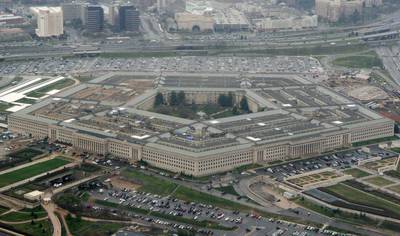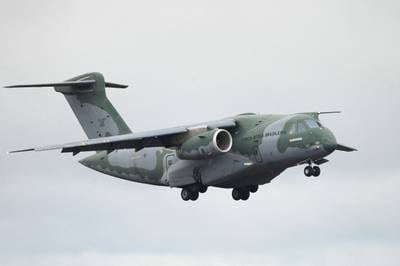WASHINGTON — The U.S. Army will build larger formations outfitted with high-tech capabilities geared toward near-peer adversaries, Secretary Christine Wormuth told an audience Oct. 10 at the Association of the U.S. Army annual conference in Washington, D.C.
“After two decades of counterinsurgency and counterterrorism operations in Iraq and Afghanistan, focused on brigade and below operations, the Army is shifting its organizational focus to larger formations more capable of integrating with our sister services and our allies and partners around the globe,” Wormuth said.
The Army has learned through extensive study and analysis of recent conflicts, exercises, simulations and training, she said, that brigade commanders give their attention to the close fight. To facilitate that, “division and corps commanders will have the responsibility and the capability to visualize the larger picture,” Wormuth said.
The service will build up personnel, organizations and equipment within theater armies, corps and divisions needed “to disrupt and defeat peer adversaries on the future battlefield,” she added.
“These force structure redesigns go well beyond building [security force assistance brigades] and the additional multidomain task forces,” she explained.
The Army created those brigades in 2017 to deploy around the globe for training, advising and assisting foreign militaries. There are six of them: Five are in an active duty status and assigned to each combatant command; the sixth is a National Guard unit.
The Multi-Domain Task Force originally began as an experimental unit deployed to Indo-Pacific Command to test out the multidomain operations warfighting concept as the Army worked to transform it into doctrine. The service is debuting that doctrine at AUSA.
Now, the service plans to stand up five MDTFs. It has one in the Indo-Pacific Command’s area of responsibility and another in the European theater; it activated a third in the Pacific last month.
The task forces combine precision effects and fires across domains to disrupt or destroy adversaries’ networks and weapon systems in a bid to deny access.
“By consolidating fires, engineer and military intelligence at the division level, we will maximize the division’s ability to shape the fight and enable brigades to close with and defeat peer enemy threats,” Wormuth said.
“At the corps level, we will provide the additional personnel and organizations necessary to fully converge effects across all domains,” she added. “Our corps will be capable of commanding and controlling joint and multinational formations.”
And critical to enabling these organizations, the Army will use “advances in commercial data analytics to improve the speed and accuracy of our leader decision-making,” Wormuth said.
The Army is unveiling at AUSA a digital transformation strategy that, in part, seeks to ensure troops have the right data at the right time to quickly make decisions.
The secretary said these new larger formations are important to the Army of 2030, which is geared at being able to defeat advanced adversaries, like Russia and China, and fighting across all domains including space and cyberspace.
The Army is driving to field 35 signature systems across six priority areas by 2030; it wants to deliver 24 of those systems into soldiers’ hands by the end of fiscal 2023.
The service’s efforts are taking place amid the backdrop of Russia’s invasion of Ukraine. The U.S. Army has been central to helping Ukraine and reassuring NATO allies since the beginning of the war, Wormuth said.
“I’m confident the Army is on the right track to realize our vision for the Army of 2030, and enable our soldiers, families and civilians to excel and thrive,” she said.
Jen Judson is an award-winning journalist covering land warfare for Defense News. She has also worked for Politico and Inside Defense. She holds a Master of Science degree in journalism from Boston University and a Bachelor of Arts degree from Kenyon College.








